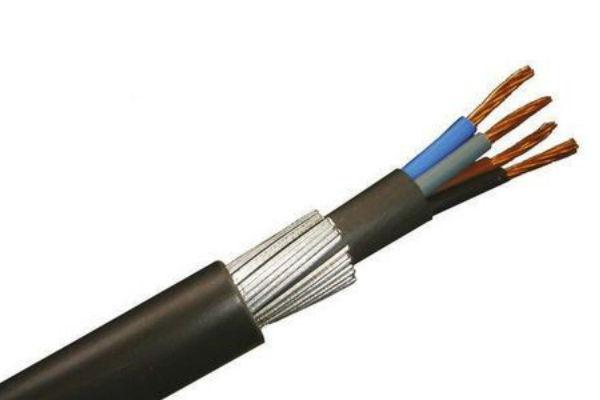This article from the ECA technical team provides some easy-to-follow technical advice on the cross-sectional area of neutral conductors.
Generally, circuits are designed with the same cross-sectional area neutral conductors as the line conductor.
Indeed, BS7671:2008 Regulation 524.2.1 states:
“The neutral conductor, if any, shall have a cross-sectional area not less than that of the line conductor:
- In single-phase, two-wire circuits, whatever the cross-sectional are
- In polyphase and single-phase three-wire circuits, where the size of the line conductors is less than or equal to 16 mm2 for copper 25 mm2 for aluminium
- In circuits where it is required according to Regulation 523.6.3.”
This Regulation effectively requires that the neutral conductor be the same cross-sectional area in single-phase systems. However, in polyphase systems, there is the option to have a reduced cross-sectional area neutral conductor.
Regulation 524.2.2 states:
“If the total harmonic content due to triplen harmonics is greater than 33% of the fundamental line current, an increase in the cross-sectional area of the neutral conductor may be required (see Regulation 523.6.3 and Appendix 4, section 5.5).”
This requires the designer of the installation to ensure that the harmonic content is below 33% of the line current fundamental, if not then the option to provide a larger cross-sectional area neutral conductor should be researched.
Regulation 524.2.3 states:
“For a polyphase circuit where each line conductor has a cross-sectional area greater than 16 mm2for copper of 25 mm2 for aluminium, the neutral conductor is permitted to have a smaller cross-sectional area than that of the line conductors providing the following conditions are simultaneously fulfilled:
- The expected maximum current including harmonics, if any, in the neutral conductor during normal service is not greater than the current-carrying capacity of the reduced cross-sectional area of the neutral conductor, and
NOTE: the load carried by the circuit under normal service conditions should be practically equally distributed between lines
- The neutral conductor is protected against overcurrents according to Regulation 431.2, and
- The size of the neutral conductor is at least equal to 16 mm2 for copper and 25 mm2 for aluminium, account being taken of Regulation 523.6.3.”
This Regulation offers some scope for having a reduced cross-sectional area neutral, providing the three points are met.
The following offers some practical advice in fulfilling these three points:
The expected maximum current
Should the system be arranged in such a manner that the expected current in the neutral is to be larger than that of the current-carrying capacity of the reduced neutral, then it can be simply stated that the neutral conductor will not be adequate and must be increased.
The neutral is protected against overcurrents
Regulation 431.2.1 requires that, in a TN or TT system where the neutral cross-sectional area is less than that of the line conductor, an overcurrent detection device is needed. This does not require that the neutral has an overcurrent protective device, just a detector which will cause the disconnection of the line conductors. Essentially this device will monitor the current in the neutral and should it reach levels that could cause harm to the conductor, the line conductors will be disconnected.
Minimum size and regulation 523.6.3
The minimum required size shall be at least 16 mm,2 for copper and 25 mm2 for aluminium cables. Regulation 523.6.3 requires that the designer consider the amount of the third harmonic content in the cable with additional information held in Appendix 4, section 5.5.
Therefore providing all the relevant criteria can be met, it is possible to design and install a circuit where the neutral has a cross-sectional area less than that of the line conductors.






